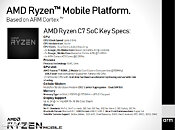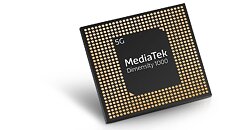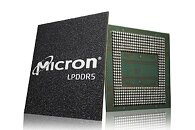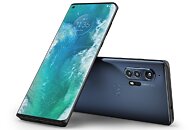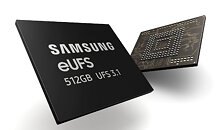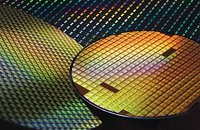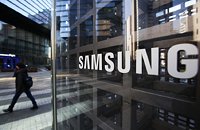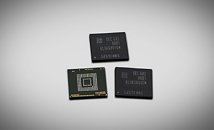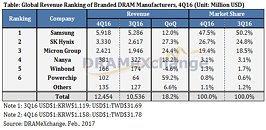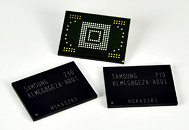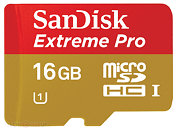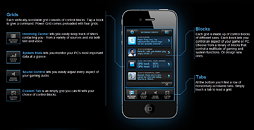
Qualcomm Announces Boosted Snapdragon 870 5G Mobile Platform
Qualcomm Technologies, Inc. unveiled the Qualcomm Snapdragon 870 5G Mobile Platform, a follow-on to the flagship Snapdragon 865 Plus, which features an enhanced Qualcomm Kryo 585 CPU prime core clock speed of up to 3.2 GHz. The new Snapdragon 870 is designed to deliver increased performance across the board for geared-up gameplay with insanely fast Qualcomm Snapdragon Elite Gaming experiences, truly global 5G sub-6 GHz and mmWave, and ultra-intuitive AI.
"Building upon the success of Snapdragon 865 and 865 Plus, the new Snapdragon 870 was designed to address OEM and mobile industry requirements," said Kedar Kondap, vice president, product management, Qualcomm Technologies, Inc. "Snapdragon 870 will power a selection of flagship devices from key customers including Motorola, iQOO, OnePlus, OPPO, and Xiaomi."
"Building upon the success of Snapdragon 865 and 865 Plus, the new Snapdragon 870 was designed to address OEM and mobile industry requirements," said Kedar Kondap, vice president, product management, Qualcomm Technologies, Inc. "Snapdragon 870 will power a selection of flagship devices from key customers including Motorola, iQOO, OnePlus, OPPO, and Xiaomi."



